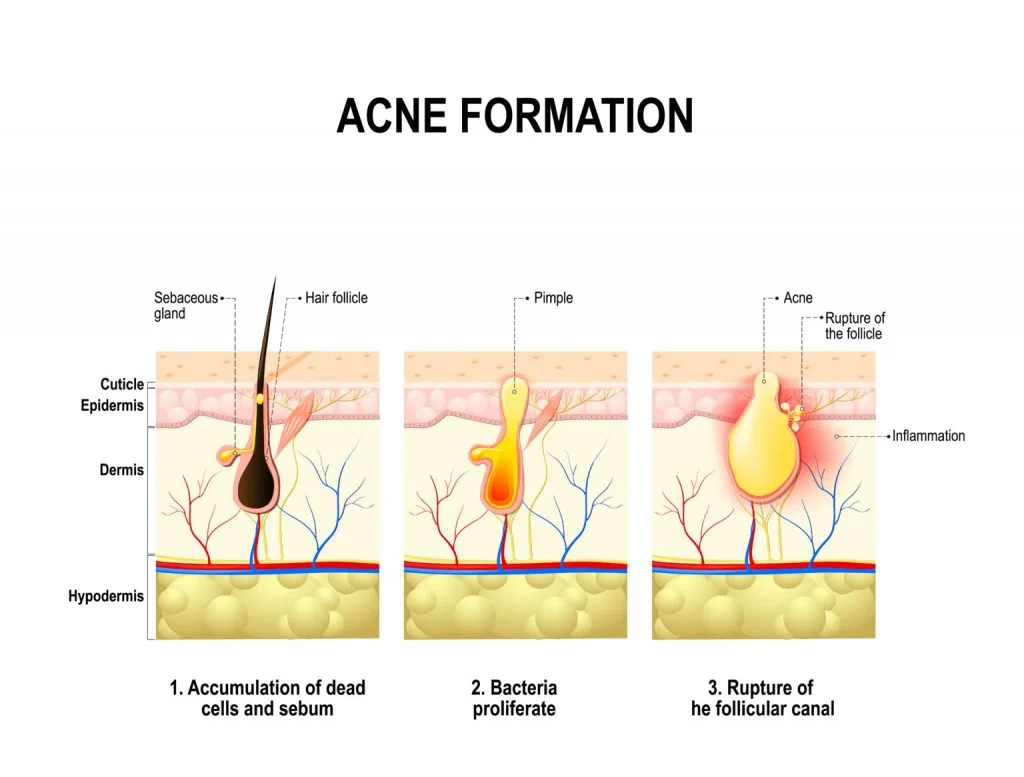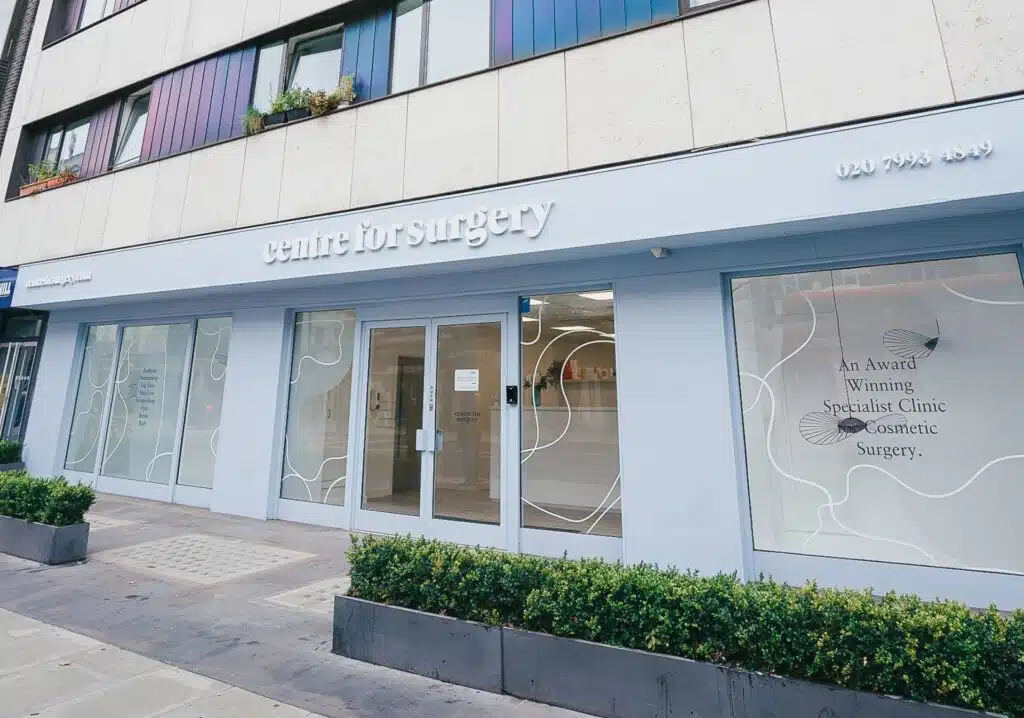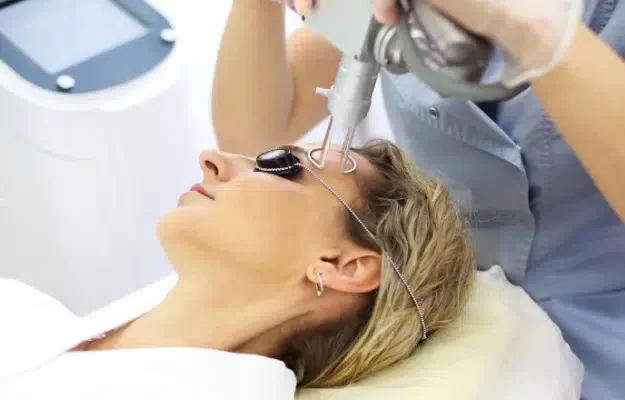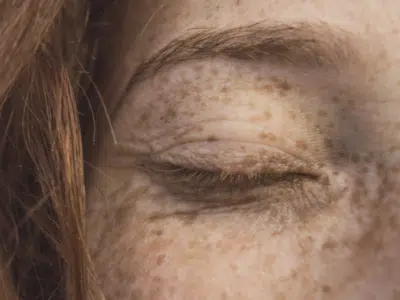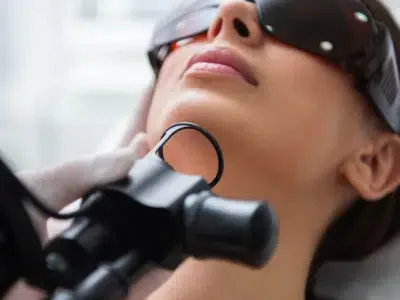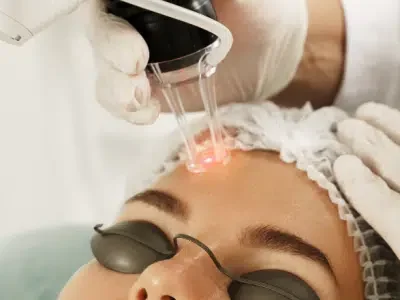Fotona Laser Acne Treatment at Centre for Surgery: Advanced Skincare Solutions
Centre for Surgery, situated in the heart of London, proudly offers the revolutionary Fotona Laser Acne Treatment, a leading-edge solution for those battling persistent acne. This advanced treatment harnesses the power of the Fotona laser, renowned for its precision and efficacy in targeting acne-related concerns.
The Fotona laser system stands out due to its unique dual-wavelength technology. It combines the Nd:YAG laser, known for its deep skin penetration and ability to reduce sebum production, with the Er:YAG laser, which gently exfoliates the skin and promotes rejuvenation. This synergistic approach not only addresses active acne but also aids in reducing the appearance of acne scars, leading to smoother, healthier-looking skin.
Our treatment process is meticulously tailored to each individual’s needs, ensuring optimal results with minimal discomfort. The Fotona laser’s non-invasive nature means patients can enjoy a quick, relatively pain-free experience with little to no downtime, making it an ideal choice for those with busy lifestyles.
At Centre for Surgery, we are committed to delivering excellence in skincare. Our experienced specialists, equipped with the latest technology and a deep understanding of dermatological health, provide personalised care to help you achieve clear, radiant skin. The Fotona Laser Acne Treatment is a testament to our dedication to offering the most advanced and effective solutions to our patients.
To discover more about this innovative treatment and to book your consultation, please contact us at Centre for Surgery. Embrace the journey to healthier skin with the expertise and care of our professional team.
Common Causes of Acne
Acne is a common skin condition that often starts during puberty, but it can affect individuals at any stage of their lives. The development of acne is largely due to the changes and fluctuations in hormone levels. These hormonal changes, particularly prevalent during the teenage years, can cause the sebaceous glands in the skin to produce an excess of sebum, which is an oily substance meant to keep the skin moist and supple.
RELATED: What Causes Acne?
When there’s an overproduction of sebum, it can mix with dead skin cells that are not shed properly. This combination can lead to clogging of hair follicles, which are tiny pores on the skin’s surface. Each follicle is connected to a sebaceous gland and when these get blocked, it can result in the formation of acne.
The blocked follicle creates an ideal environment for the bacteria that live on our skin, known as Propionibacterium acnes, or P. acnes. This bacterium usually exists harmlessly on our skin, but when trapped in a clogged follicle, it can multiply rapidly. This bacterial growth can cause the follicle to become inflamed, leading to the redness, swelling, and pus that are characteristic of acne.
Furthermore, lifestyle factors can also play a significant role in the development of acne. Dietary choices, stress levels, and certain medications can exacerbate the condition. For example, foods with a high glycemic index, like sugary snacks and refined carbs, might contribute to acne formation. Similarly, stress can increase the production of hormones that worsen acne.
It’s also worth noting that genetics can influence one’s propensity to develop acne. If your parents had acne, you’re more likely to experience it too. This genetic predisposition can affect how your body reacts to hormones and can influence your skin’s sensitivity to bacterial growth.
Lastly, environmental factors such as pollution and humidity can impact the skin. These elements can increase the likelihood of pores becoming clogged with oil and dirt, which, as mentioned, is a key factor in the development of acne.
Nd:YAG Laser Treatment for Acne: An Effective and Innovative Approach
The Nd:YAG laser, which stands for Neodymium-doped Yttrium Aluminium Garnet, is highly effective in treating acne for several reasons. This laser technology has unique properties that allow it to target key factors contributing to acne, offering a multifaceted approach to treatment.
- Penetration Depth and Precision: The Nd:YAG laser emits light with a wavelength of 1064 nm, which is capable of penetrating deeply into the skin without damaging the surface layer. This deep penetration allows the laser to reach and target the sebaceous glands, which are often the root cause of acne. By precisely targeting these glands, the laser can reduce the overproduction of sebum, which is a key factor in the formation of acne.
- Reduction of Bacteria: The Nd:YAG laser has antibacterial properties. The heat generated by the laser can destroy the P. acnes bacteria that contribute to the formation of acne. By reducing the bacterial load in the skin, this treatment can significantly decrease the likelihood of new acne formation.
- Anti-inflammatory Effects: The laser also has anti-inflammatory properties, which are beneficial in reducing the redness and swelling associated with acne. By minimizing inflammation, the Nd:YAG laser can improve the appearance of existing acne lesions and prevent the formation of new ones.
- Stimulation of Collagen Production: The heat generated by the Nd:YAG laser can stimulate collagen production in the skin. Collagen is a key protein that helps in skin regeneration and healing. Increased collagen production can lead to improved skin texture and can also help in reducing the appearance of acne scars, which are a common aftermath of severe acne.
- Versatility and Safety: Nd:YAG laser treatment is suitable for a wide range of skin types, including darker skin tones, which are sometimes at risk of pigmentation changes with other types of laser treatments. It’s known for its safety profile and minimal downtime, making it a preferred option for those seeking effective acne treatment without significant disruption to their daily life.
- Complementary to Other Treatments: Nd:YAG laser therapy can be effectively combined with other acne treatments, such as topical medications or chemical peels, to enhance overall results. This flexibility allows healthcare providers to tailor the treatment plan according to individual needs and the severity of the acne.
Acne FAQs
How does acne develop?
The process underlying the formation of acne occurs most commonly at a deeper level within the skin. The structures in the dermis produce sebum, known as sebaceous glands. Sebum is an oily secretion that functions to lubricate the surface of the skin and hair follicles and has a protective function against several extrinsic skin insults. The normal sebum pathway is to flow along from the base of the hair follicle outwards onto the skin surface. When the follicle gets blocked, the sebum has nowhere to flow and builds up inside the sebaceous gland. This then leads to the formation of papules and pustules on the skin surface. Blockage of sebum can occur for a variety of reasons, but the most common is due to an overproduction of sebum or superficial dead skin cells on the skin surface, which block the flow of sebum outwards. An established blockage of sebum leads to worsening of the condition as sebum will continue to be made, which leads to a worsening of the acne condition and could lead to the development of cystic acne.
What is the difference between a blackhead and a whitehead?
Whiteheads and blackheads are both commonly seen clinical features in acne and are distinguished by the differences in the underlying hair follicles and whether there is a physical barrier to the skin surface or not.
– Blackheads appear darkened, almost black in colour, and develop when the follicle gets blocked. The build-up of sebum and dead skin cells is open to the skin surface, and the increasing build-up of sebum and dead skin cells leads to the edges of the skin follicle becoming larger, and this leads to an enlargement in the size of the skin pore. The darkened appearance is due to the collection of dead skin cells, sebum and bacteria. It is a common misconception that dirt leads to a darkened appearance.
– Whiteheads have a white appearance to the eye and develop when the hair follicle becomes blocked at the skin surface level. This allows the accumulation of dead skin cells, sebum and bacteria to build up, leading to the observed white appearance.
What is the best way to prevent acne?
The following steps should be followed:
– Eat a nutritionally balanced diet with plenty of fresh fruit and vegetables.
– Use gentle skincare products to cleanse the skin, and always remove make-up with a mild soap.
– Avoid picking or squeezing acne pustules as this tends to worsen the condition and increase the risk of acne scars forming.
– Use water-based and oil-free makeup that is acne-friendly.
– Book an appointment to see a dermatologist when you notice acne beginning to develop.

